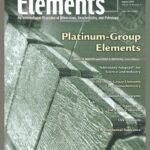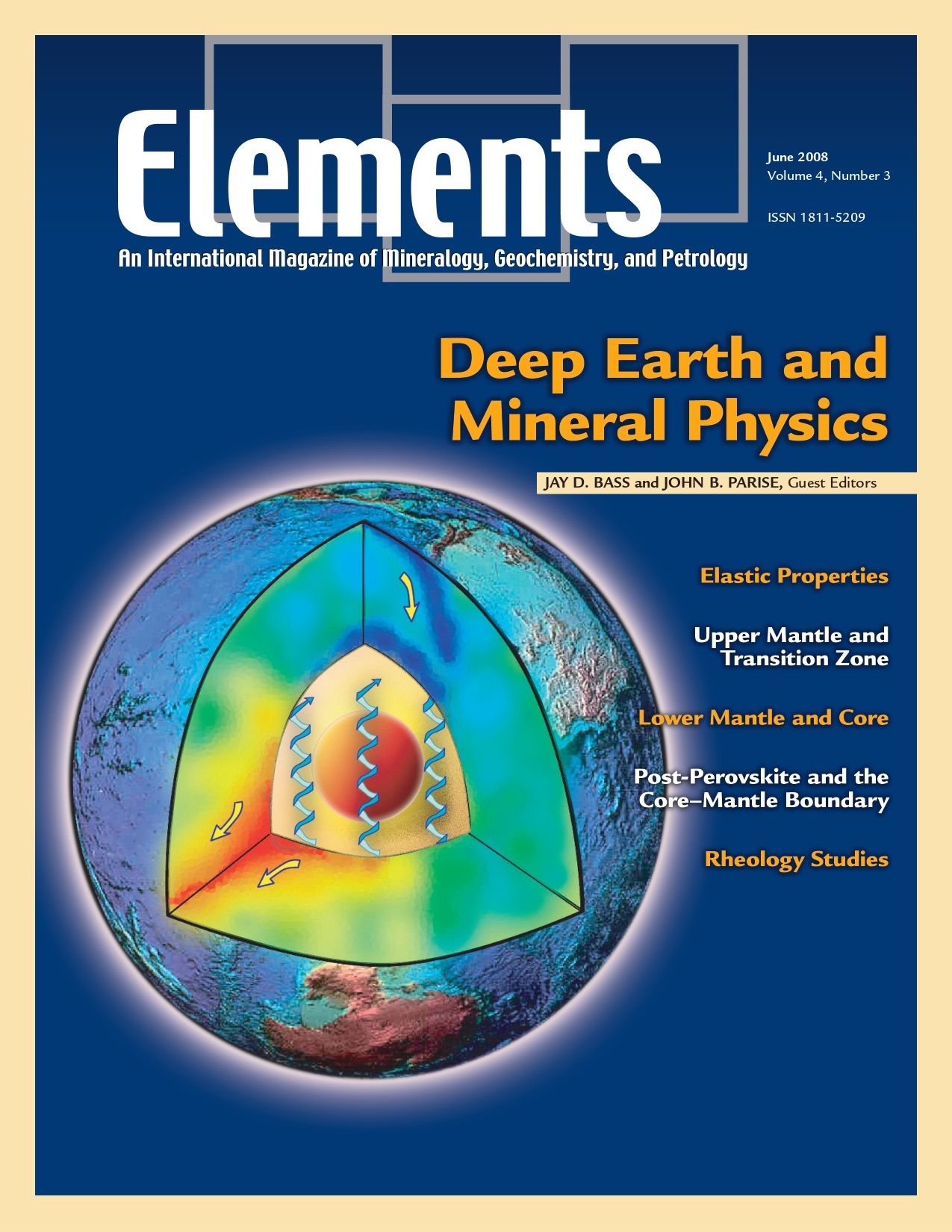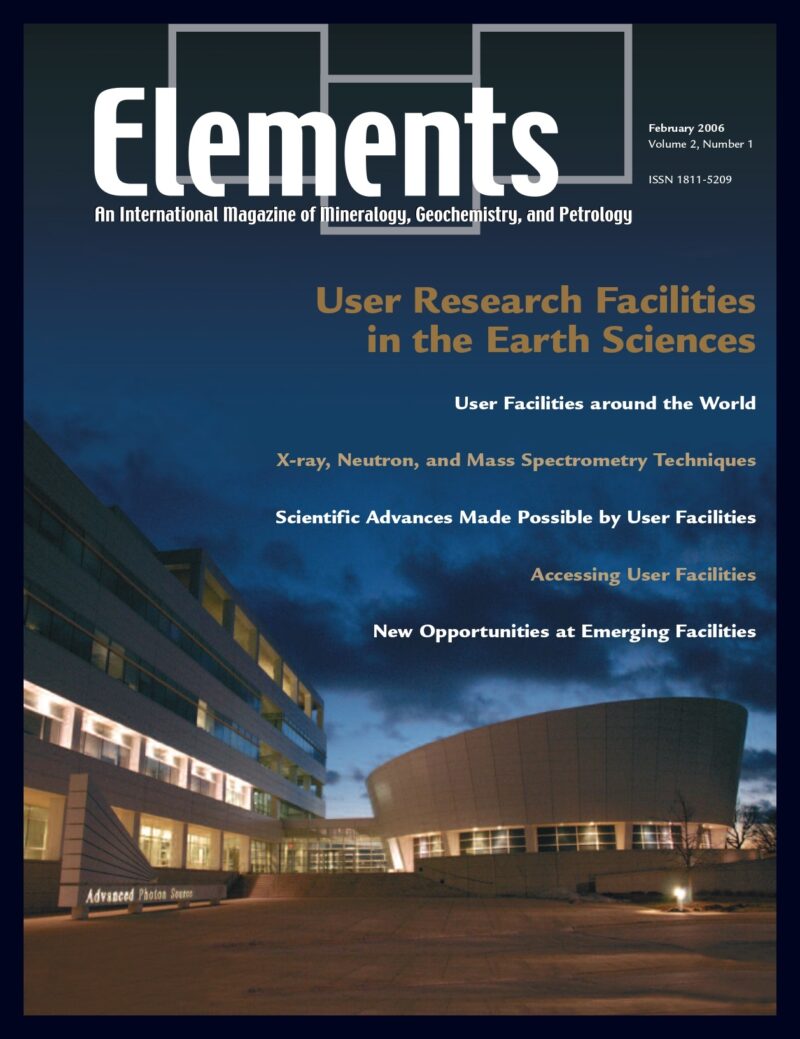
Frontiers In Textural And Microgeochemical Analysis, August 2007, Vol. 3, No. 4
June 28, 2024
Platinum-Group Elements, August 2008, Vol. 4, No. 4
June 28, 2024Deep Earth And Mineral Physics, June 2008, Vol. 4, No. 3
$20.00
The field of high-pressure mineral physics is central to our understanding of the Earth’s interior and its evolution. It is also a field that is rapidly advancing.
Deep Earth And Mineral Physics
June 2008, Vol. 4, No. 3
The field of high-pressure mineral physics is central to our understanding of the Earth’s interior and its evolution. It is also a field that is rapidly advancing. Recent major discoveries, such as the post-perovskite phase transition that may explain some of the properties of the core–mantle boundary, speak to the continued importance of high-pressure mineral physics experiments. The results from experimental mineral physics along with seismological data are used to construct compositional and thermal models of the Earth and its heterogeneity, including inferences of deep geochemical reservoirs. These results are also key to understanding all planetary bodies in the solar system. This issue of Elements highlights several key areas of high-pressure mineral physics in a form that is accessible to a broad mineralogical audience.
Why You’ll Love Elements Magazine:
- Expert Contributors: Articles written by renowned researchers in the field of geoscience.
- Engaging Content: Join a community of readers who are passionate about Elements.
- Exceptional Quality: Each issue is printed on high-quality paper with stunning visuals and detailed illustrations that bring complex scientific concepts to life.
Order your copy of the June 2008 issue of Elements magazine today and explore deep Earth and mineral physics.
Related products
-
Arsenic, April 2006, Vol. 2, No. 2
$20.00Arsenic is an element known throughout history as a classic poison. Currently, very small but highly significant concentrations of this element in drinking water supplies are causing massive health problems to many millions of people in some of the world’s poorest nations, and more localised sources related to mining and processing are also a concern.
-
User Research Facilities In The Earth Sciences, February 2006, Vol. 2, No. 1
$20.00Earth scientists rely on effective access to user research facilities that provide state-of-the-art analytical instrumentation. This thematic issue focuses on some of these facilities and how to use them.
-
Glasses And Melts: Linking Geochemistry And Materials Science, October 2006, Vol. 2, No. 5
$20.00Geological interest in studying melts stems from early recognition that melts play a fundamental role in determining the physical and chemical behaviour of magmas and magmatic processes. However, due to the inherent difficulties associated with working at high temperatures, much of the geological research over the last 30 years has used quenched melts or glasses as proxies for melts themselves.




